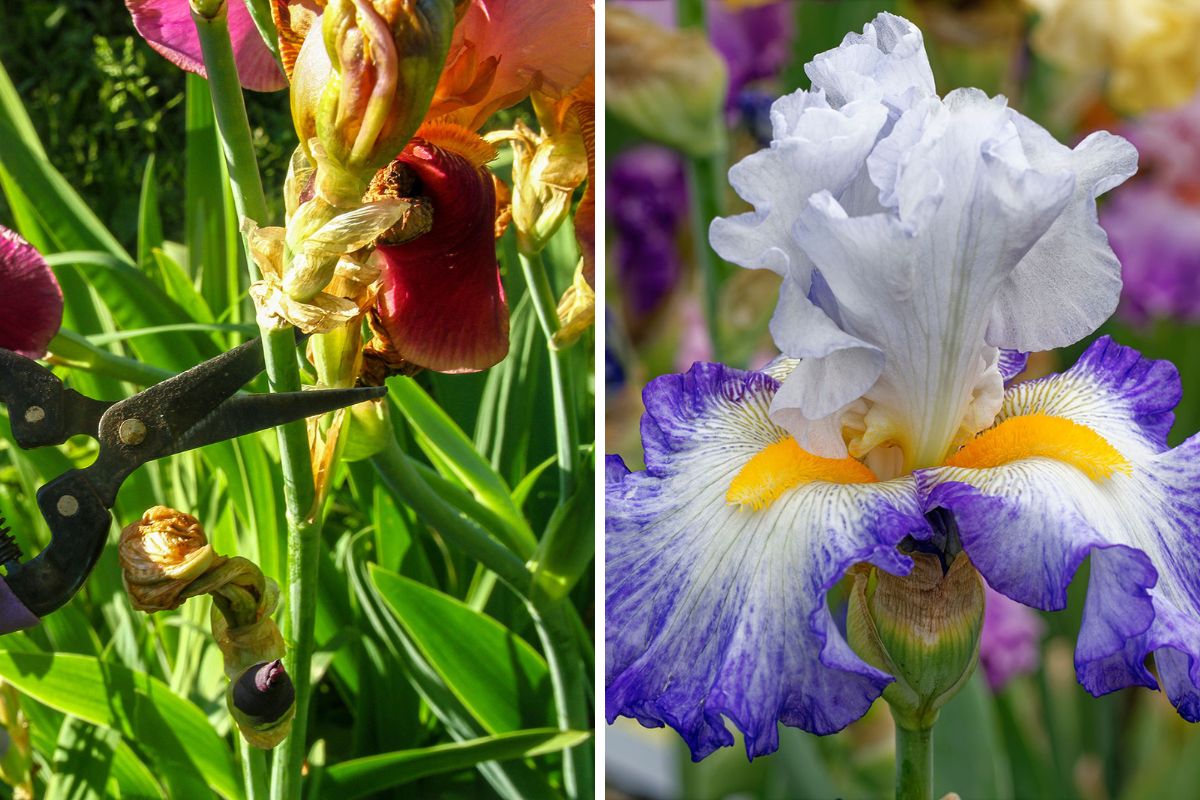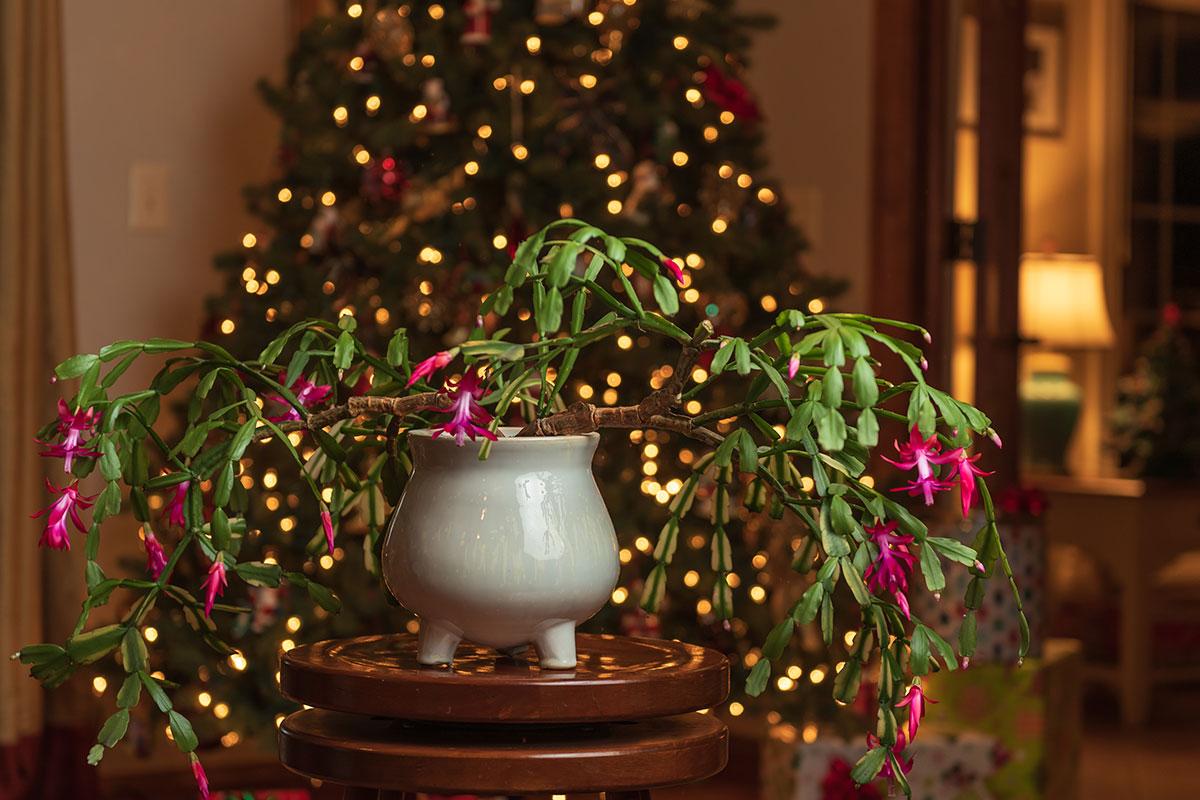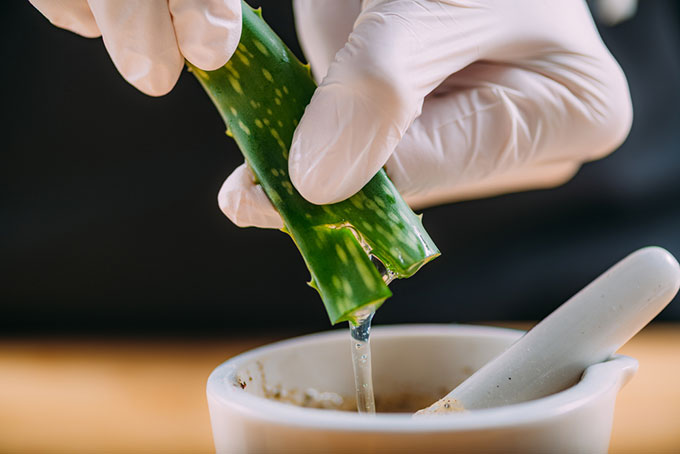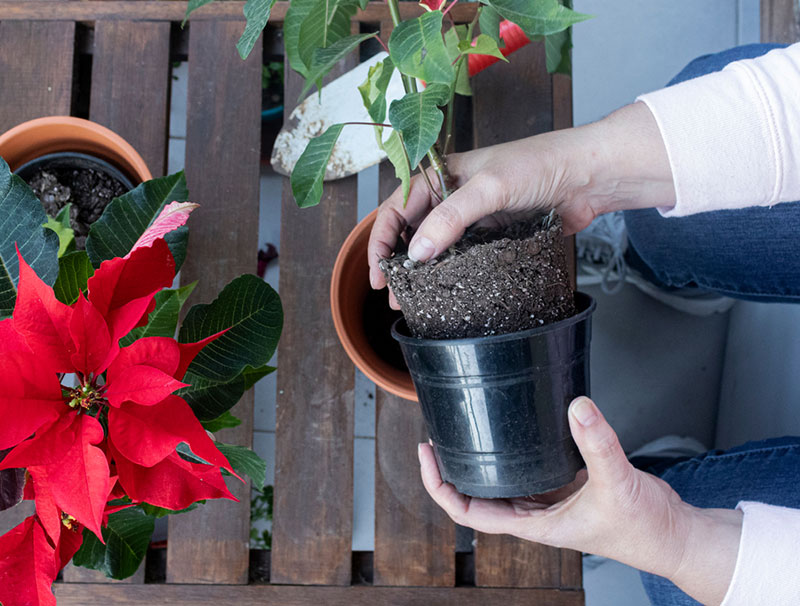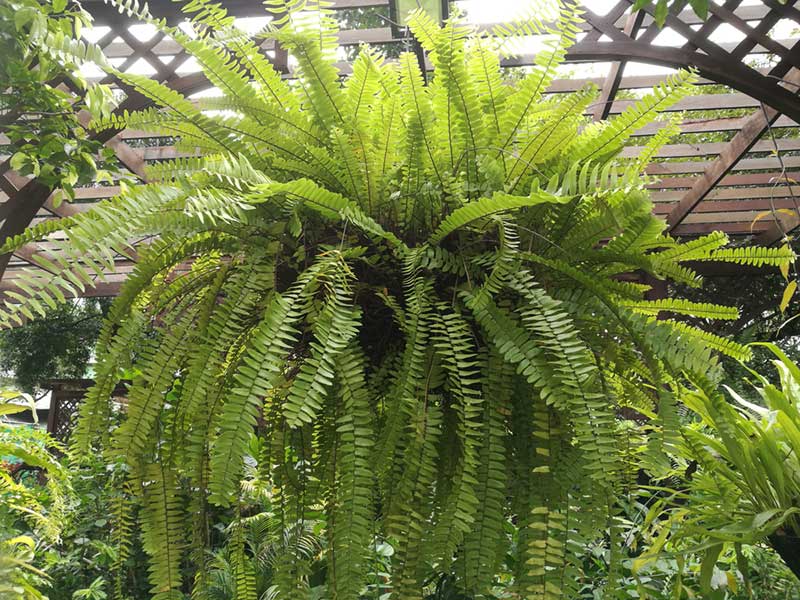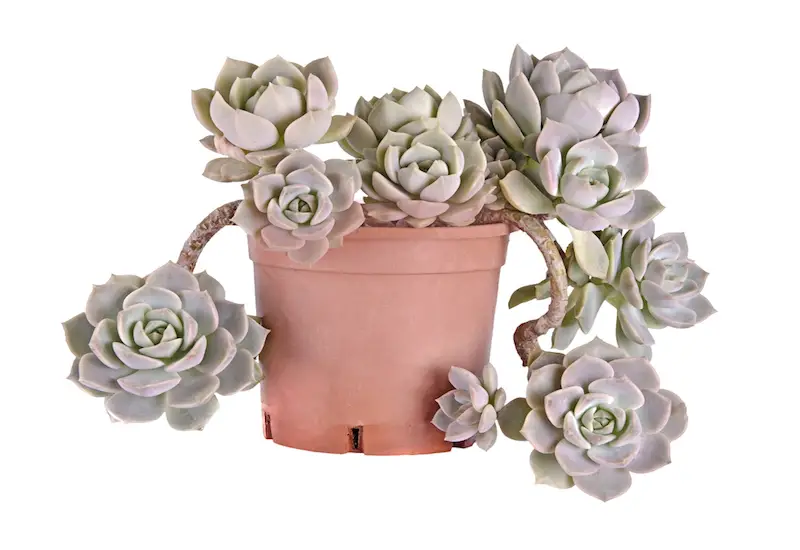
There’s nothing better than waking up in the morning and enjoying a warm cup of coffee while watching the sun rise over the treetops. Adding a small plant in a clay pot to the windowsill makes this experience all the more beautiful and serene.
More often than not, a little goes a long way. This is why we think that succulents are always a great addition to any windowsill or countertop. They always have unique and interesting shapes, and have a simple beauty that large plants and flowers sometimes lack.
Interestingly, all cacti are succulents, but not all succulents are cacti. Cacti are always beautiful to look at, and they are also a great addition to any countertop or windowsill, as long as they are kept out of reach of any little hands or dog noses.
Both cacti and succulents are incredibly easy to take care of, requiring only misting every few days, or even less watering.
Take a look at these beautiful and exotic plants, and get a better idea of what your options are for your own succulent selection!
1. Aloe Vera
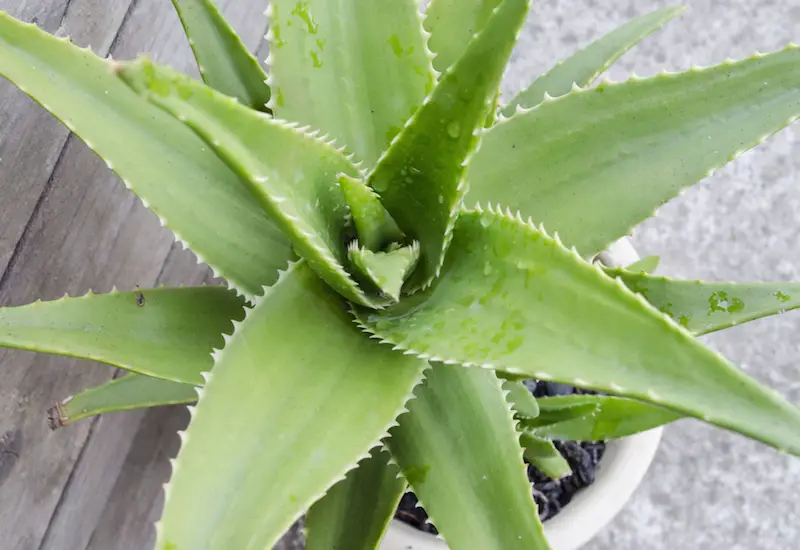
Aloe Vera is not only an interesting plant to look at, it is also very functional as herbal medicine. Though it’s healing properties are not “scientifically” proven, we can guarantee it will cool off your skin after a nasty sunburn. Having one of these around is not only a great aesthetic, but a useful healing tool. Check out some different varieties of Aloe here
2. Burro’s Tail
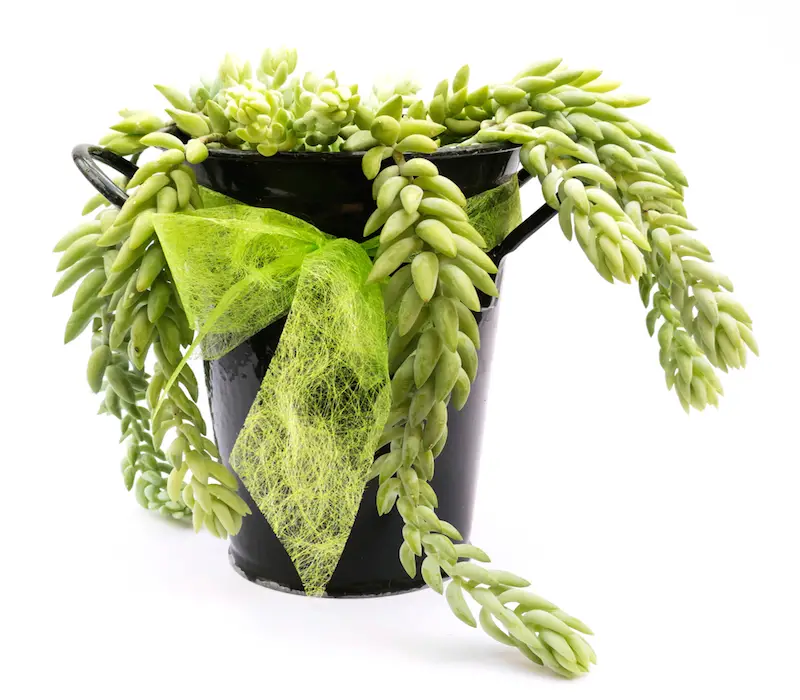
Burro’s Tail is a very delicate plant that requires a fair amount of maintenance. While some have experienced little issue with moving it around, others have reported that it is best to keep the plant in indirect sunlight and avoid relocating it if you can help it. Although it may be a bit more high maintenance than other succulents, the beauty and uniqueness of this variety is truly awesome.
3. Christmas Cactus
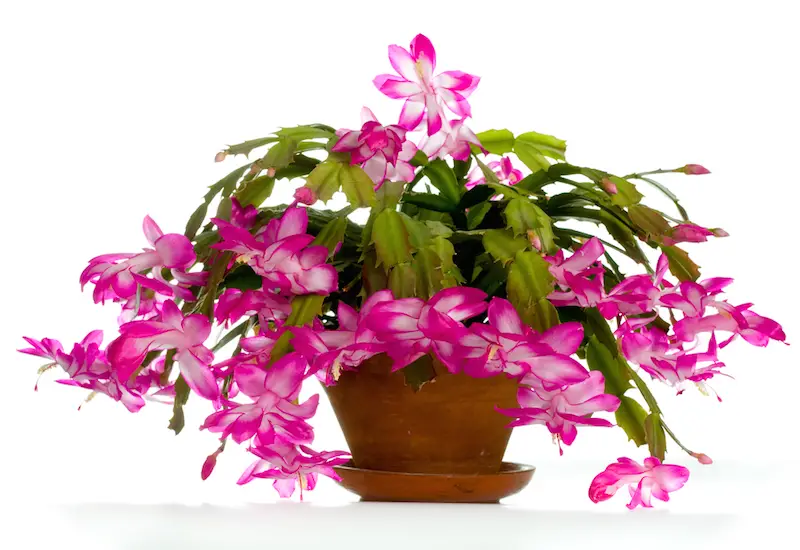
The Christmas Cactus is a fairly easy plant to maintain, and if you want it to bloom into these stunning flowers, there are some simple steps to follow to nurture the plant into doing so. Basically, you want to keep the plant in indirect sunlight during the day time, and in complete darkness at night. If you do this during the fall season, you will have these beautiful flowers for your Christmas season!
4. Crown Of Thorns
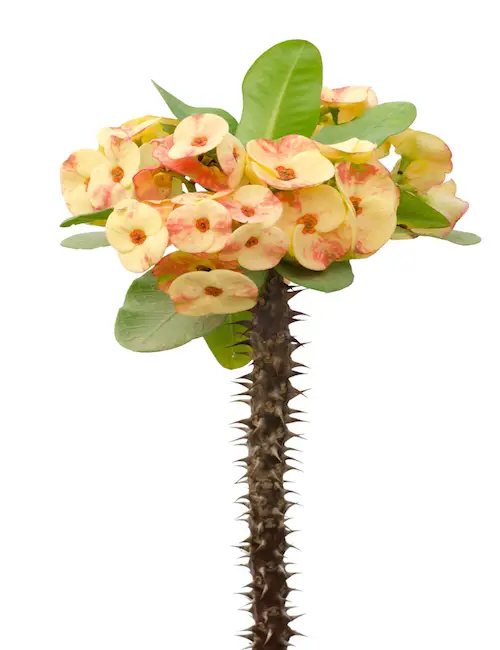
The Crown of Thorns is a tough plant with a woody stem covered in thorns. The top of the plant produces these gorgeous flowers, making the plant a elegant combination of beauty and danger. This plant will do well with plenty of direct sunlight, and should be taken indoors during the winter. Water is stored in the long stem, so it does not need to be watered or maintained often.
5. “Pink” Hens and Chicks

The Hen and Chicks plant has the amazing capability to keep growing even when the smaller clusters are broken off from the central plant. Each “chick” simply needs to be replanted in the dirt, and it will take to the soil and become its own “mother hen” plant. This succulent stores a lot of water in its large leaves, so watering is not needed frequently.
Hen and Chicks can be found in many different colors. Foliage can be grey, rosy pink, or dull/bright red. The flowers on these plants can be anywhere from red, pink, to yellow and bloom for several weeks.
Some varieties have foliage that is covered in silken white filaments, called “cobwebs”. Whatever the color or shape, these are a great low-maintenance addition to your home.
6. Jade Plant
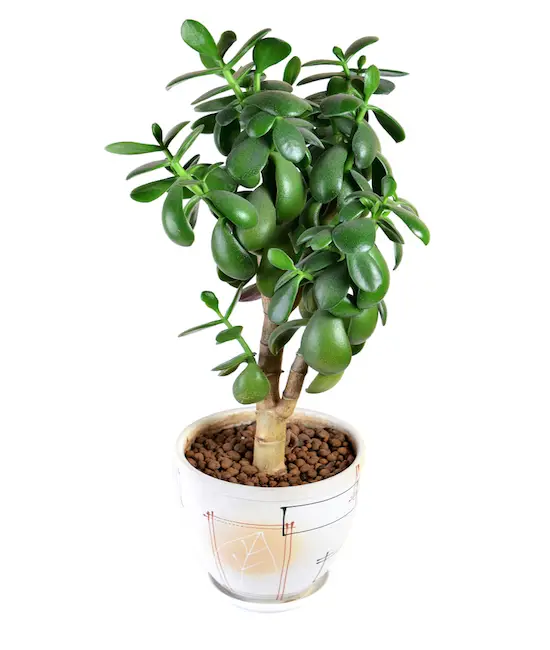
Jade plants are another low-maintenance plant that simply requires full sunlight, and watering when the top of the soil is dry. If you have a Jade plant and see that the leaves are starting to fall off or produce spots, the cause is probably a shortage of water.
As long as you care for the plant properly, you will have a fantastic plant with large, succulent leaves to enjoy. While you want to be sure that you are giving the Jade plant enough water, you also should be careful not to flood the plant.
One of the most common reasons for the death of the Jade plant is due to overwatering. A good indication that you have been overwatering is if the plant starts to adopt a weeping form.
7. Panda Plant
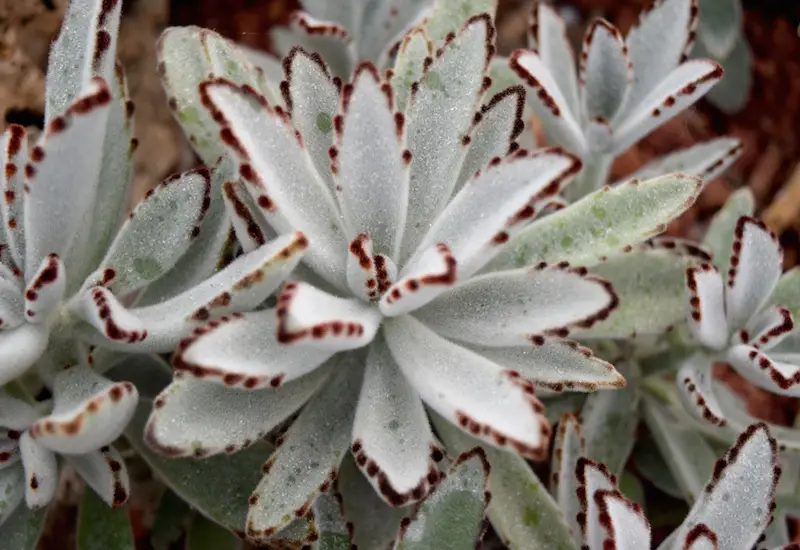
The Panda plant, like many succulents, does very well in dry air, making this a good plant for heated homes. It does not require much maintenance, just make sure that it gets plenty of sunlight and it will be fine. While other relatives of the Panda plant do bloom, the Panda plant itself is grown strictly for its foliage.
8. Pincushion Cactus
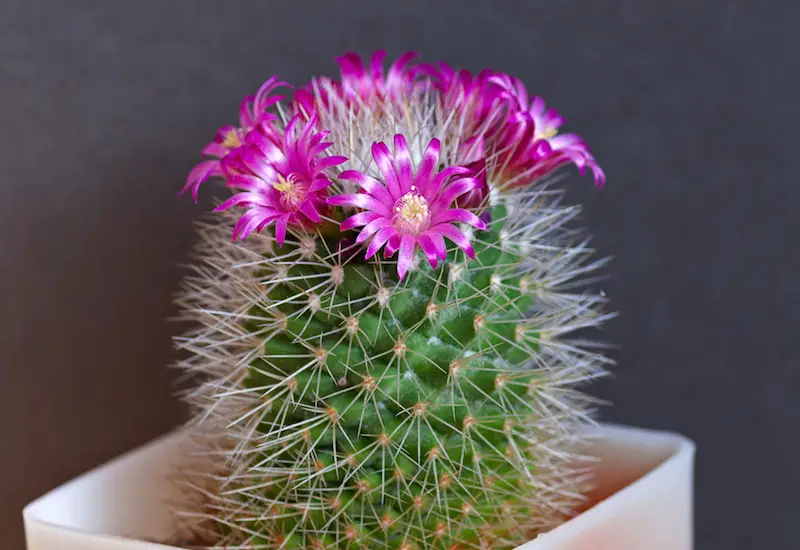
Pincushion cacti are a great plant for the novice gardener. They are known to be drought tolerant, like most varieties of succulent. The vibrant flowers bloom when optimum water and care conditions are met. Simply hold off on watering your Pincushion cactus for several weeks in the springtime to ensure large, vibrant blooms, in addition to withholding water in the winter. Pincushion cacti need lots of sunlight, so be sure yours gets plenty.
9. Ponytail Palm Tree
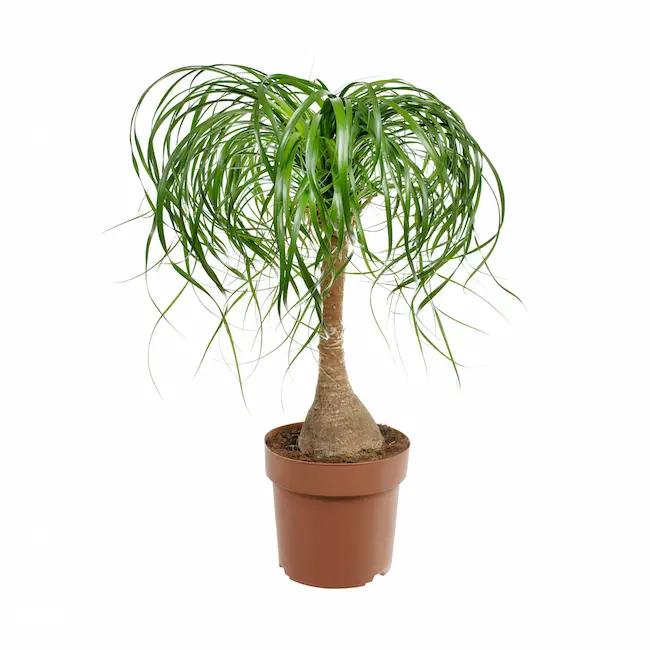
Contrary to its name, the Ponytail Palm Tree is neither a palm nor a tree. It’s a succulent! Its long stringy leaves and thick stem resemble a palm tree. This plant is an easy one to grow, since it only requires sunlight about half the year and does not need frequent watering. The storage system for water is located at the plump bottom of the base, which is where the plant gets its other name, “elephant foot.” This massive water storage system and the fact that it only requires fertilizer about once a year makes the Ponytail Palm Tree a great plant to keep in your home.
10. Large Snake Plant
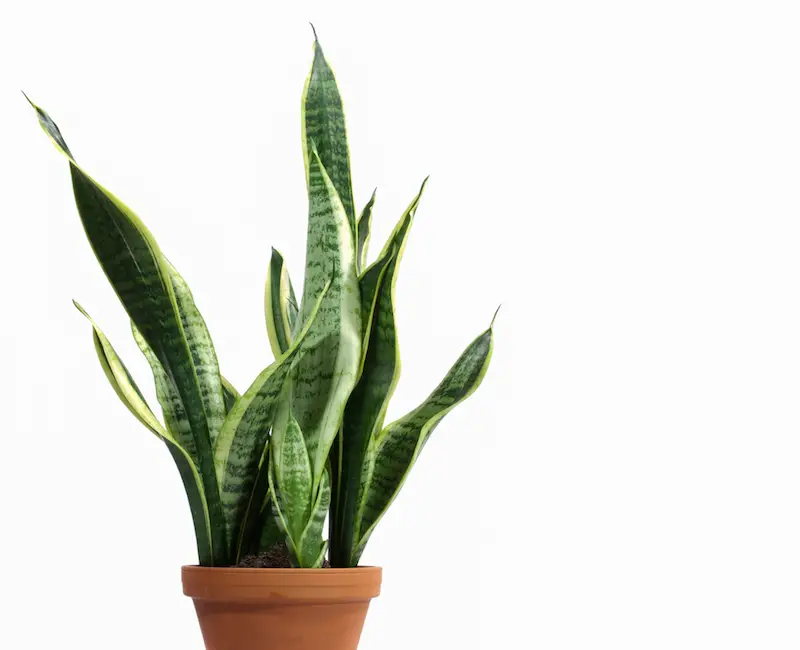
The larger Snake plant is the most common of all the succulents in this post. They look great as part of a table centerpiece or just as something to sit on the counter. They are the perfect houseplants because they have been known to help keep the air around them clean by removing several toxins.
They do not require much sunlight and can survive without frequent watering, making them perfect for novice gardeners. The plant does survive without maintenance but it will certainly be healthier if you give it some attention. Simple tasks like removing the damaged leaves will help keep this plant flourishing.

